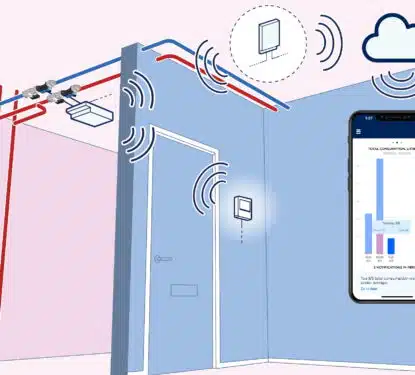In the first article of this series, Building Smarter Workplaces for the Digital Age, we discussed Dr Jacqueline Vischer’s ‘Framework for Workplace Concepts’ and commented that the highest state in her model, Psychological Comfort, was dynamic and messy, subject to rapid societal and technological changes. The second article, Digital Disruption, Digital Hope, addressed technology change, where automation and the Internet of Things (IOT) are increasingly pervasive. However, the IOT for Smart Buildings (BIOT) has yet to fulfil its potential because of limited interconnectedness between systems (a topic we will address next month). Overcoming that limitation opens the possibility of tackling the continuing inefficiencies in space, energy and time in office buildings. In this article we look at the way we approach the design of workplaces and the importance of linking this to how we actually work. Automation can then be deployed to handle mundane chores and thereby free up people to undertake value-adding work. Traditional […]
Most Popular Articles

MRI Software: Exploring the 2025 IPO & Sale Options
This Research Note examines a report from Reuters that MRI Software is to be listed in an IPO or sold. We explore the development of the business over the last 10 years, since it was acquired by private equity owners, highlight their software acquisitions for commercial real estate applications addressing integrated workplace management, tenant experience […]

Podcast 40: Stiles Property Management Found $400K+ in Hidden Savings
Most property managers know their buildings are hemorrhaging money through inefficient systems. The problem? They have no idea where to start looking. Devon Newton, VP of Property Management at Stiles, faced this exact challenge with 110 East, a new Class A development in Charlotte’s Southpark district. Despite managing 116 properties across the Southeast, she found […]

Smartvatten Strengthens European Position with 2025 LeakLook Acquisition
This Research Note examines Smartvatten, a Finnish specialist in water efficiency technology and expertise in Northern Europe. It updates our previous article in March 2024, covering Smartvatten’s solutions, key developments in 2024, sustainability partnerships and the September 2025 acquisition of LeakLook, a Finnish specialist in IoT-driven water monitoring for real estate. Smartvatten Profile Established in […]
